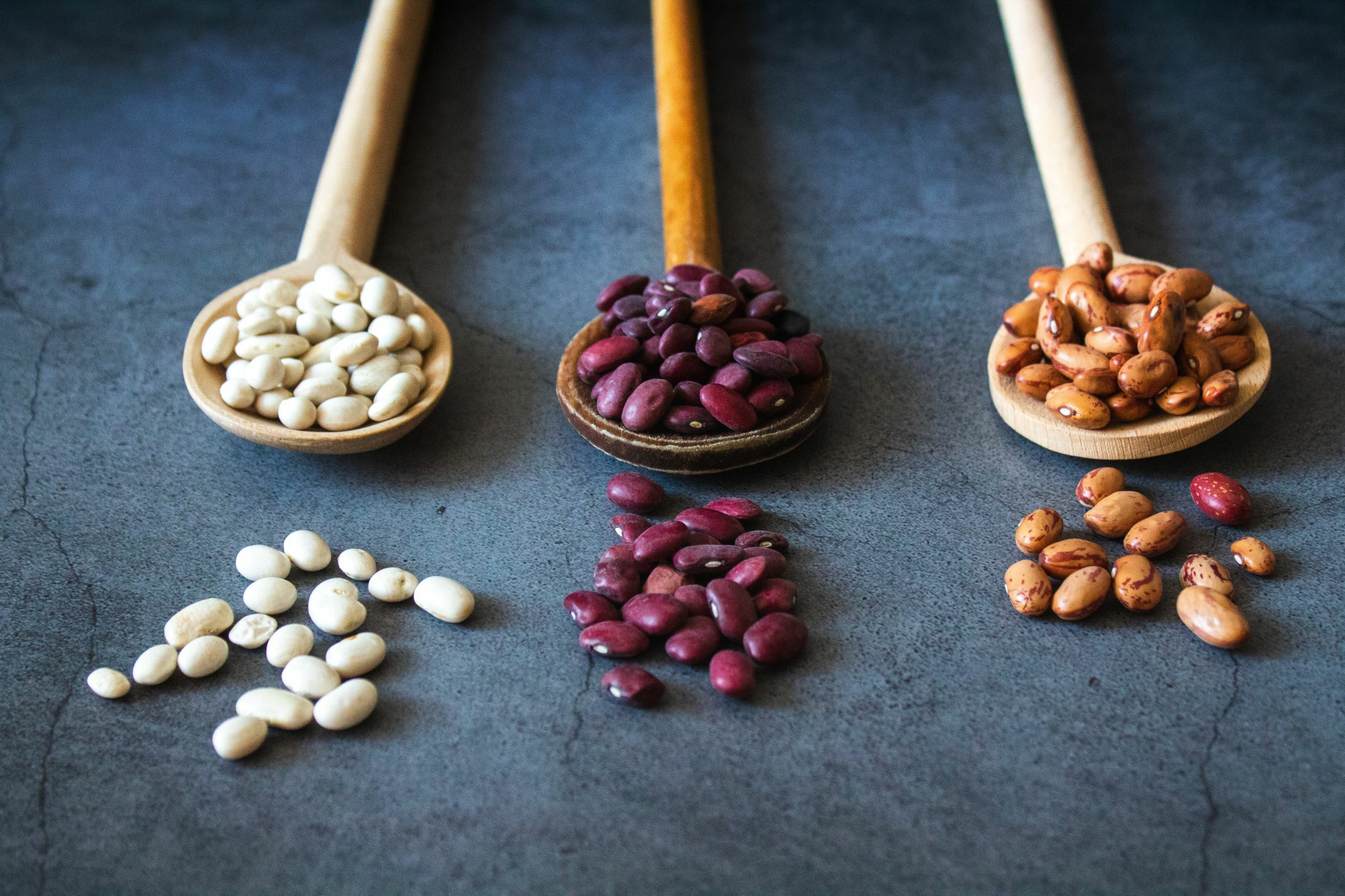
Growing Beans: Sowing, Caring & Harvesting
Beans are an essential part of a balanced diet. They are easy to care for in the vegetable garden and even improve soil fertility! In this article, you'll find out everything you need to know about growing them and how to find the right variety for you from the huge range available.
This Article Contains:
- Growing Beans: Good to Know
- Bean Varieties: Bush Beans, Runner Beans & Co.
- Beans in the Garden: Location & Soil
- Companion Planting With Beans
- Mixed Cultivation With Beans: Examples & Ideas
- Sowing Bean: Timing & Care
- Diseases & Pests: Black Bean Aphid & Co.
- Harvesting Beans
- Obtaining Bean Seeds
- Cooking and Preserving Beans
- Frequently Asked Questions About Planting Beans
Quick Overview
Planting Beans in the Garden: Location & Soil
- Soil: loose and only moderately nutrient-rich
- Location: depending on the variety, semi-shady (bush beans) to sunny (runner beans)
Sowing Beans: When?
- Bush beans: Sow from the beginning of May in rows or in clumps. Bush beans are particularly easy to care for.
- Runner beans: Sow from mid-May, in circles around the stems. The climbing plants need sticks for support and are somewhat more demanding than bush beans.
- Fire beans: Sow from early to mid-May, depending on the weather. Care is similar to that of runner beans, but they are somewhat more robust. The fiery red flowers are particularly decorative.
- Field beans: Sow from February or early March. These cold-resistant beans develop particularly thick beans and are eaten without pods.
Growing Beans: Good to Know
Like Peas, beans belong to the legume family (Fabaceae). They are particularly rich in vegetable protein and fiber and also contain important vitamins and minerals. But beans are not only nutritious for us humans, they also have a positive effect on the soil. Beans and other legumes form a symbiotic relationship with nitrogen-fixing bacteria. The bacteria form small nodules on the roots, which is why they are also known as nodule bacteria. They are able to convert atmospheric nitrogen so that it becomes available to plants. This enriches not only the beans themselves, but also the soil with nitrogen. In this way, they act as Green Manure and make a positive contribution to soil fertility.
Bean Varieties: Bush Beans, Runner Beans & Co.
There is a breathtaking variety of beans, but a rough distinction is made between bush beans, runner beans, runner beans and field beans. This distinction is mainly based on the growth habit. Bush beans tend to grow small and bushy, while runner beans grow up long stalks.
Bush Beans
Bush beans are the easiest beans to care for, they only grow about knee-high and do not need a climbing aid. Like runner and fire beans, they originally come from Central America and therefore love warmer temperatures. They are available with green, yellow, speckled or purple pods. Green varieties include 'Caruso', 'Marona' (early ripe) and 'Domino' (late ripe). The varieties 'Berggold' and 'Helios' form yellow pods. 'Purple Teepee' and 'Purple King' surprise with purple pods that turn green when cooked.

Runner Beans
The climbing runner beans grow up to three meters high and therefore need a climbing aid. Here too, the diversity of varieties is almost unmanageable. There are green, yellow, pied and purple varieties. The variety 'Berner Landfrauen' as well as 'Neckarkönigin' are adapted to our regional climatic conditions and are therefore very popular with many gardeners. The purple bean 'Blauhilde' also turns green when cooked. Yellow bean varieties are also known as wax beans and include the varieties 'Neckargold', 'Berner Butter' and 'Goldmarie'.
Field Beans
Field beans are significantly more robust than the heat-loving garden beans. They are sown much earlier and form particularly thick pods and individual beans. They do not grow as tall as runner and fire beans and generally do not require support. A distinction is made between early and late varieties. The early varieties include 'Witkiem', 'Dreifache Weiße' and 'Osnabrücker Markt'. Late varieties are 'Hangdown', 'Listra' and 'Perla'.
Fire Beans
Fire beans are particularly decorative due to their colorful flowers. They form dense, green carpets with fiery red or white flowers and are therefore often used as a flowering privacy screen. The individual beans are usually artistically marbled and are primarily differentiated according to flower color. Red-flowering varieties include 'Preisgewinner', 'Butler' and 'Golden Sunshine', while white flowers can be found on 'Weiße Riesen'. The variety 'Painted Lady' is a mixture of these and has bicolored flowers.
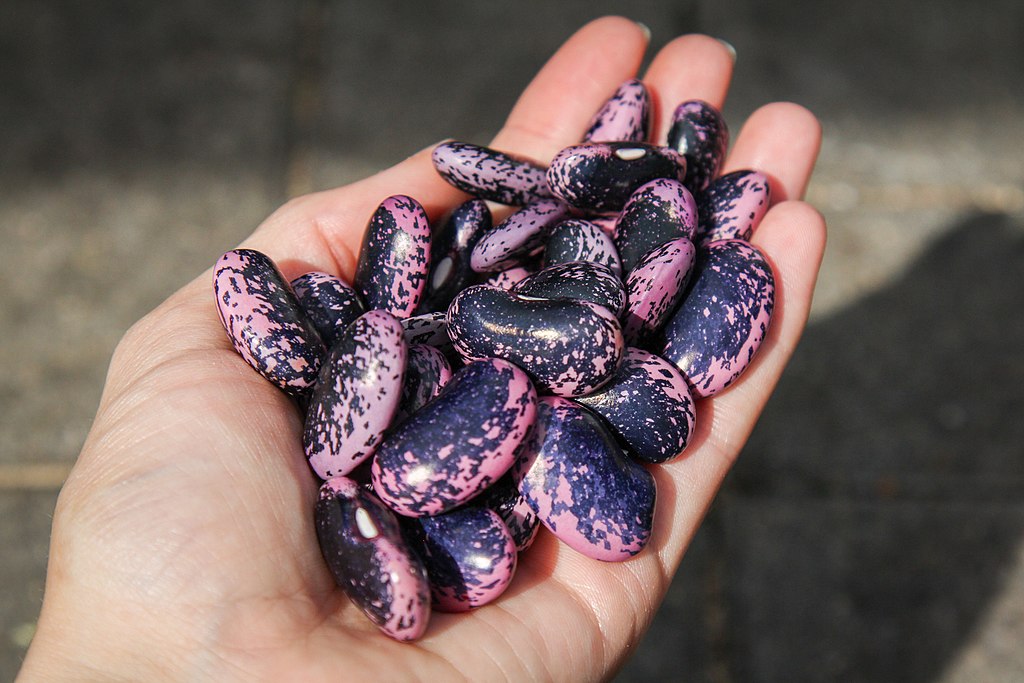

Want to Read More About the Varieties?
In our library you will find information on the individual varieties with cultivation periods, tips on planting and harvesting. You will also find companion plants to help you plan a mixed crop.
Discover Library NowBeans in the Garden: Location & Soil
In general, beans do not have a particularly high nutrient requirement; too much nitrogen is actually harmful to them. So don't plant your beans on freshly fertilized beds. They like a loose soil structure that can be enriched with a little compost. Bush beans also grow in partial shade, while runner beans prefer sunnier spots. Runner beans are relatively robust, they also thrive on less good soil and in harsher locations. In such locations, it is therefore advisable to plant fire beans rather than the heat-loving runner beans. Field beans are very vigorous and can also grow on heavy soils. If the soil is particularly light and dry, sufficient moisture must be provided. You can use mulch and compost to improve the water retention of your soil.
Companion Planting With Beans
Good companion plants for bush beans are savory, strawberries, cucumbers, cabbage, kohlrabi, beet, lettuce, celery, tomatoes, potatoes, lettuce and leaf lettuce. Runner beans can be planted as a windbreak for sensitive crops such as cucumbers. Other good companions for runner and runner beans are: Endive, nasturtium, cabbage, kohlrabi, lettuce, tomatoes and zucchinis. Field beans grow particularly early in the year and go well with lettuce and kohlrabi; as a direct companion, spinach keeps the soil moist.
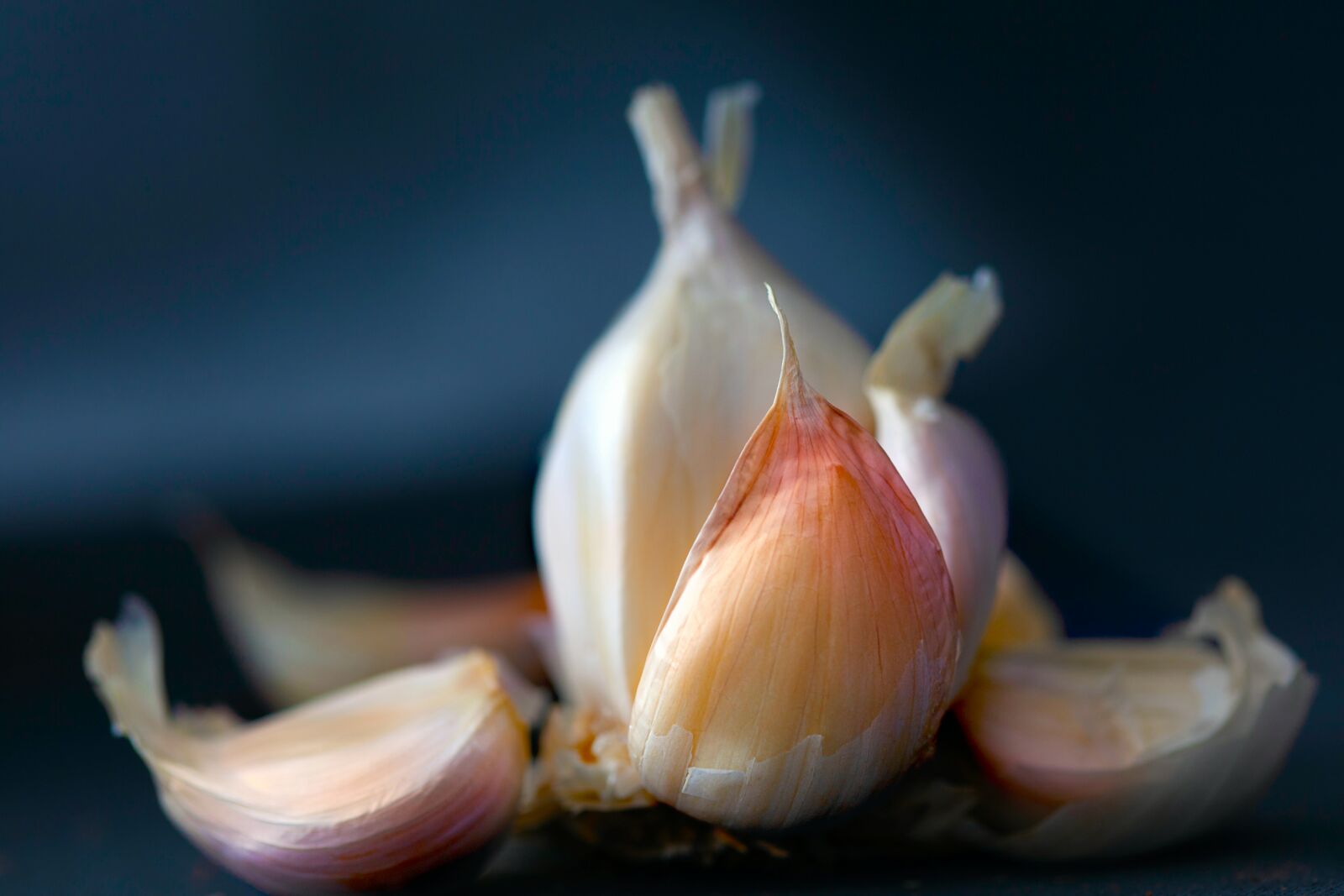
Mixed cultivation with savory protects against black aphids. A cultivation break of at least 3 years between beans on the same bed is also recommended. Some gardeners classify runner beans, like tomatoes, as self-tolerant. This means that they can be grown in the same place every year. In any case, keep an eye out for pests and diseases! However, if you have enough space, you should also rotate runner beans in the garden. Bad companions are peas, fennel, garlic, leeks and onions.
Mixed Cultivation With Beans: Examples & Ideas
Find inspiration for your bean vegetable patch here. We have created digital planting plans with broad beans, runner beans and fire beans. In Patrick Kaiser's 'Old Bean Variety Bed', all three bean varieties grow in one bed.
Sowing Bean: Timing & Care
Beans naturally enrich the soil with nitrogen, so nitrogen fertilization should be avoided at all costs! Ensure that the soil is evenly moist for all beans.
Planting and Sowing Bush Beans
Depending on the variety, the first sowing is possible from early to mid-May, followed by sowing in June to early July. Bush beans tolerate both sun and partial shade. Fertilizing with compost and mulch is completely sufficient. The soil should always be loose and crumbly. Sow 2 - 3 cm/0.8 - 1.2 in deep. Place a bean every 5 - 10 cm/2 - 4 in in the row, row spacing 40 cm/15.7 in. When sowing in clumps, place 4 - 6 beans in a hollow every 40 cm/15.7 in.
Growing Pole Beans: Attaching a Climbing Aid
Sow only from mid-May, otherwise the seeds will rot in the cold soil. They are somewhat more demanding to care for than their bushy relatives: they need more warmth, water, nutrients and, above all, more space! The nutrient requirements can be met with compost and organic fertilizer with a low nitrogen content, such as wood ash or bone meal. Wooden poles 2 m/2.2 yd high are used as climbing support. These are either dug in vertically or leaned against each other in rows and stabilized with a crossbar. It is important to pay attention to the direction of the compass so that the beans do not shade themselves too much. Alternatively, you can build a "bean tipi" (= tent) from the poles. A 3 cm/1.2 in deep circle is drawn around each pole, in which 6 - 8 beans are placed.
Planting Fire Beans
The beans climb up poles, fences, balcony grilles or similar. The first sowing takes place at the beginning to middle of May, depending on the weather. Care is the same as for runner beans.
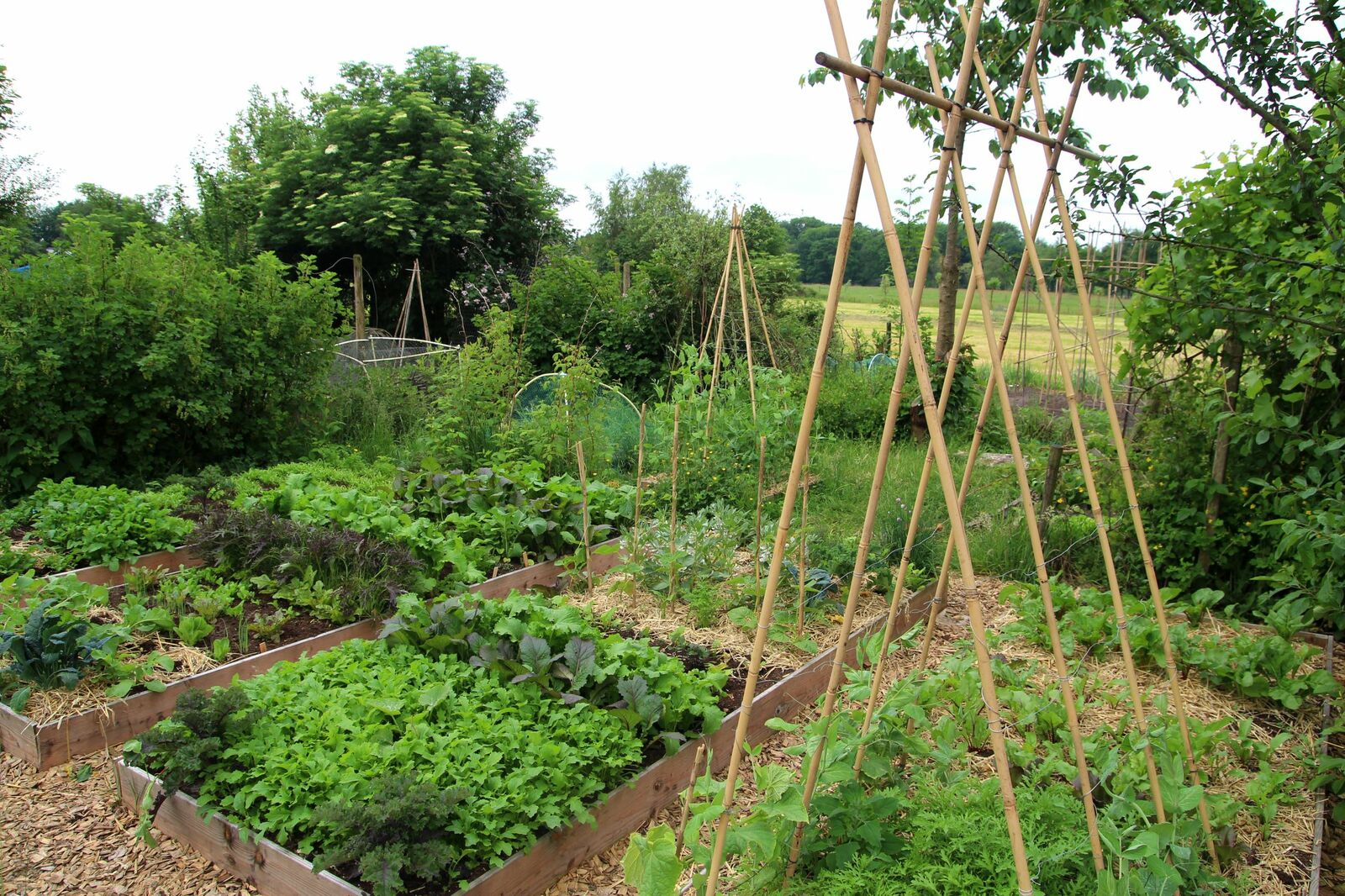
Field Beans: Sowing & Spacing
Field beans have been around in Europe longer than their relatives from Central and South America, so they are better adapted to our climate. They are very cold-resistant and should even be sown in February or early March, depending on the climate. When sown early, the plants grow particularly robustly and are less susceptible to black aphids. Field beans should also not be sown on freshly fertilized beds; a supply of compost is sufficient. They also thrive in heavy soil and can loosen it up with their deep roots. Sow in rows 40 cm/15.7 in apart. Place two beans 5 cm/2 in deep every 15 - 25 cm/2.2 - 9.8 in in the row. The young plants are thinned out so that they stand freely. They are later mounded up to improve their stability.
Diseases & Pests: Black Bean Aphid & Co.
Excessive nutrients in the soil make beans more susceptible to diseases and pests. Nitrogen fertilization should be avoided at all costs! Mixed cultivation with savory can keep black aphids away. Black aphids are particularly persistent in field beans, early sowing and an airy position can have a preventative effect here. The aphid-infested tips are pinched out. Natural enemies of aphids include ladybugs.
Beans should never be handled or harvested in wet weather, as this helps to prevent fungal diseases. Sometimes leaf spot disease, caused by a fungus, can occur; spraying with horsetail tea helps here. The mosaic virus forms yellowish or dark patterns on the leaves. As viruses spread rapidly, unfortunately nothing more can be done and the diseased plants should be destroyed. The pea moth leaves drilled and eaten beans with piles of excrement in the pods. During the flight period in May/June, the beans can be covered with a single-mesh crop protection net. You can avoid the flight period by sowing late, as the caterpillars can only cause damage at the flowering and seed stage.

Harvesting Beans
After harvesting, only cut off the above-ground part of the plants. The roots with the nodule bacteria should remain in the soil for natural nitrogen enrichment.
- Bush beans: Continuous fresh harvest as long as new beans are growing. Bush beans should be harvested as young and tender as possible, otherwise they become fibrous. Pick the beans carefully and do not tear them off to avoid damaging the plant.
- Runner beans: Harvest freshly throughout the summer. Young, tender beans taste best. It is therefore better to harvest runner beans early before they harden.
- Fire beans: Harvest the strong pods while they are still young and tender, later they become hard and "woolly". All three garden beans are used with pods.
- Field beans: The half-ripe green pods are harvested while the seam is still light in color. However, only the thick, tender seeds are cooked and eaten.
Obtaining Bean Seeds
To obtain your own seeds, simply allow the pods to fully ripen on the plant and dry out. Then remove the bean seeds from the dry pods, allow to dry again and store for next year. Bean seeds generally keep for 3-4 years.
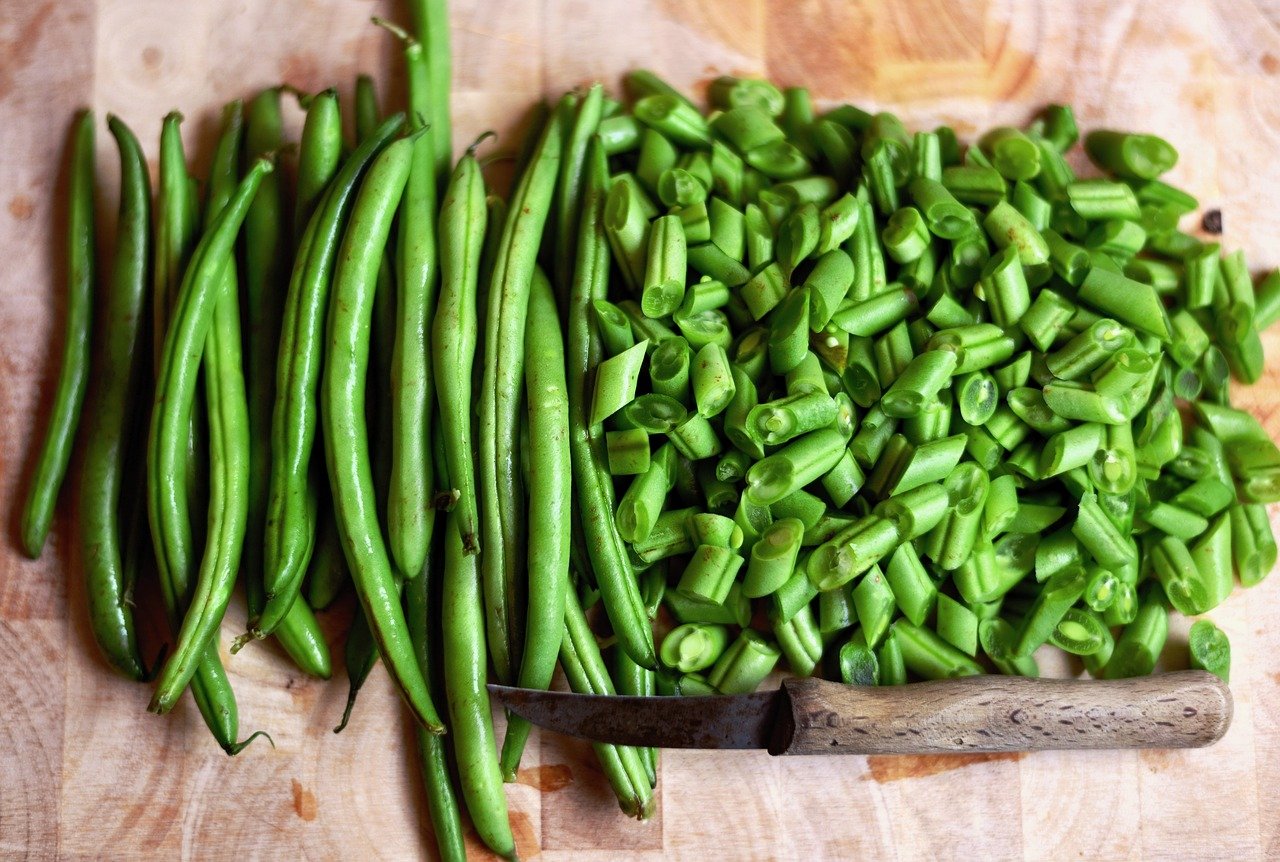
Cooking and Preserving Beans
Beans contain the poisonous phasin and must always be cooked before eating! Bush beans are eaten together with the pod. You can easily freeze them , boil them down, dry them or pickle them in salt (and vinegar). You can find out exactly how to do this in our article on Preserving. They taste great fresh as a bean salad with finely diced onions. Beans can be combined in many different ways in the kitchen, so you can experiment a lot! Savory is not only a good plant compaion, but also tastes delicious with various bean dishes. Runner beans are also eaten with their pods. They can be used in a similar way to bush beans, either the whole pods or just the individual beans can be dried. Runner beans are particularly suitable for strong, spicy soups; individual beans can also be dried. Field beans are easy to freeze. When fresh, they can be stir-fried with sugar snap peas and then deglazed with soy sauce - delicious!
Beans are very easy to grow yourself and are a real eye-catcher in the vegetable garden. I hope you now have everything you need to grow your own beans. If you have any questions or comments, please write to us at [email protected].
Want to get helpful gardening tips all year round and plan your own beds in the best possible way? Then register here or download the Fryd app for Android or iOS.
Fryd - Your digital bed planner
Titelbild: Photo by Tijana Drndarski on Unsplash

Annabell
Annabell is studying agricultural biology at the University of Hohenheim. She also enjoys gardening in her private life, spends a lot of time in nature and loves to be creative.
Learn MoreCurrent Topics in the Community

My winter onions are also growing quite well. They are of the Red Cross variety. I planted them on 28.10 in a felt pot 60x30x20 cm
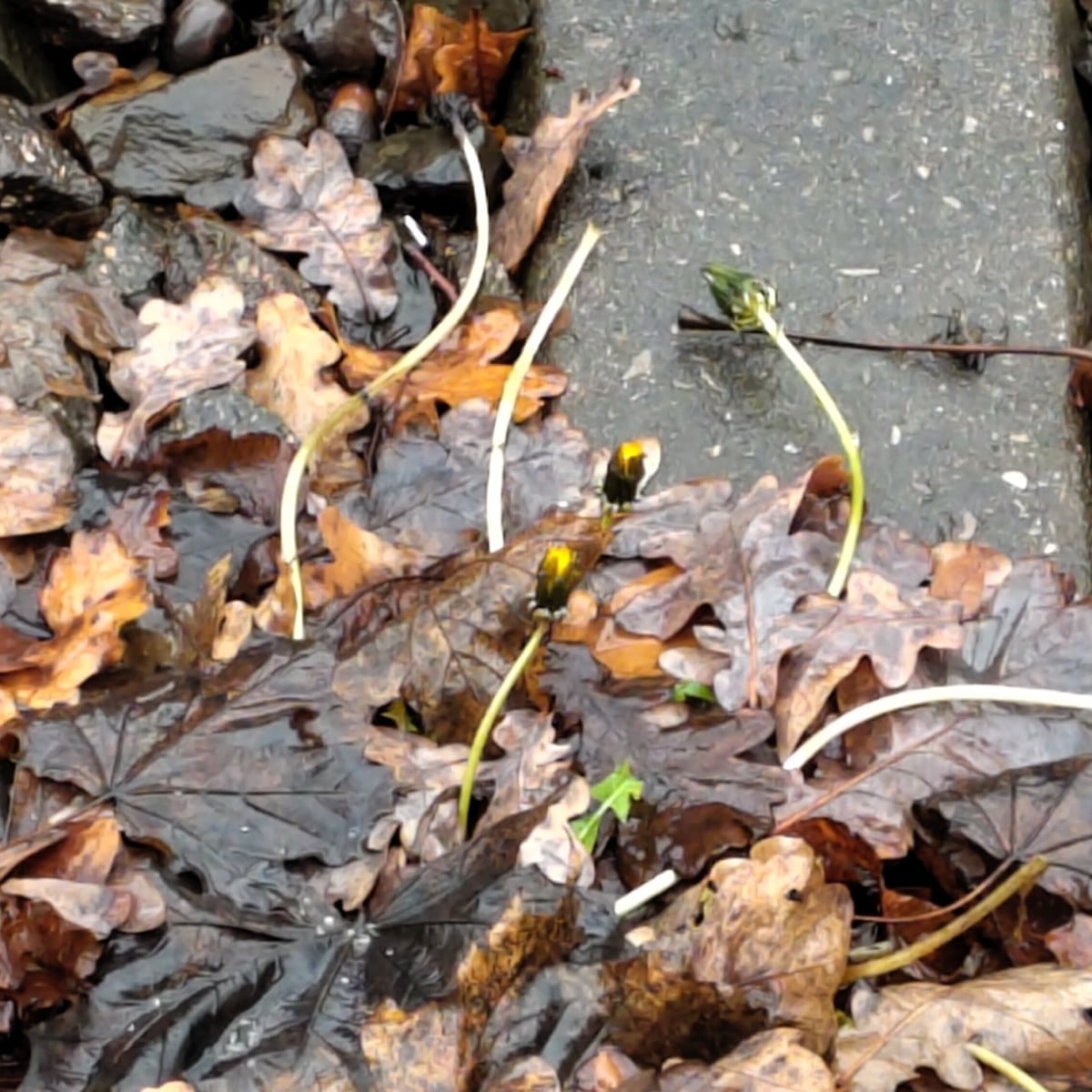
Liked 4 times
Another post from the curiosities section: I noticed this dandelion at the streetcar stop in a 'wintry' 13°C weather. It obviously thinks that snow and double-digit frost were enough winter and is now pushing new flowers through the foliage. It's a shame it's by the tracks, otherwise it would probably have ended up in my salad. 😋

Liked 15 times
As a suggestion for those who eat citrus fruits and have some time in the evening: simply cut a few simple shapes out of them with a sharp knife and dry them on the heater. The next day it was bone dry in our house ;)
Show 3 answersPopular Articles

Overwintering Parsley: How to Do It Successfully

How to Grow Lettuce in Winter: Varieties, Sowing, Harvesting

Growing Sage Plant: Tips for Sowing and Harvesting

What Herbs Can Be Planted Together?

Create & Design a Permaculture Garden

Overwintering Plants: Tubs, Pots and Raised Beds

Pruning, Fertilizing & Propagating Currants: Care Tips

Pruning Raspberries: How to Do It

Vegetable Garden With Greenhouse: How to Use Greenhouse Effect

Winterizing Beds and the Garden: How to Do It
FAQ
Most bean varieties are sown directly outdoors from May. Only field beans can be sown as early as February, which makes them a good green manure.
Depending on the type of bean, beans may need a climbing aid. Runner beans are particularly happy with a climbing aid. Bush beans also grow stably without help.
How tall do runner beans grow?
Depending on site conditions, weather and sunlight, runner beans can grow up to 3 m/3.3 yd high. They therefore appreciate a climbing aid. Position runner beans well so that they do not shade other crops.
Can you harvest beans more than once?
Most beans are harvested fresh and eaten or processed on an ongoing basis. Make sure to harvest carefully so that new beans can grow back.